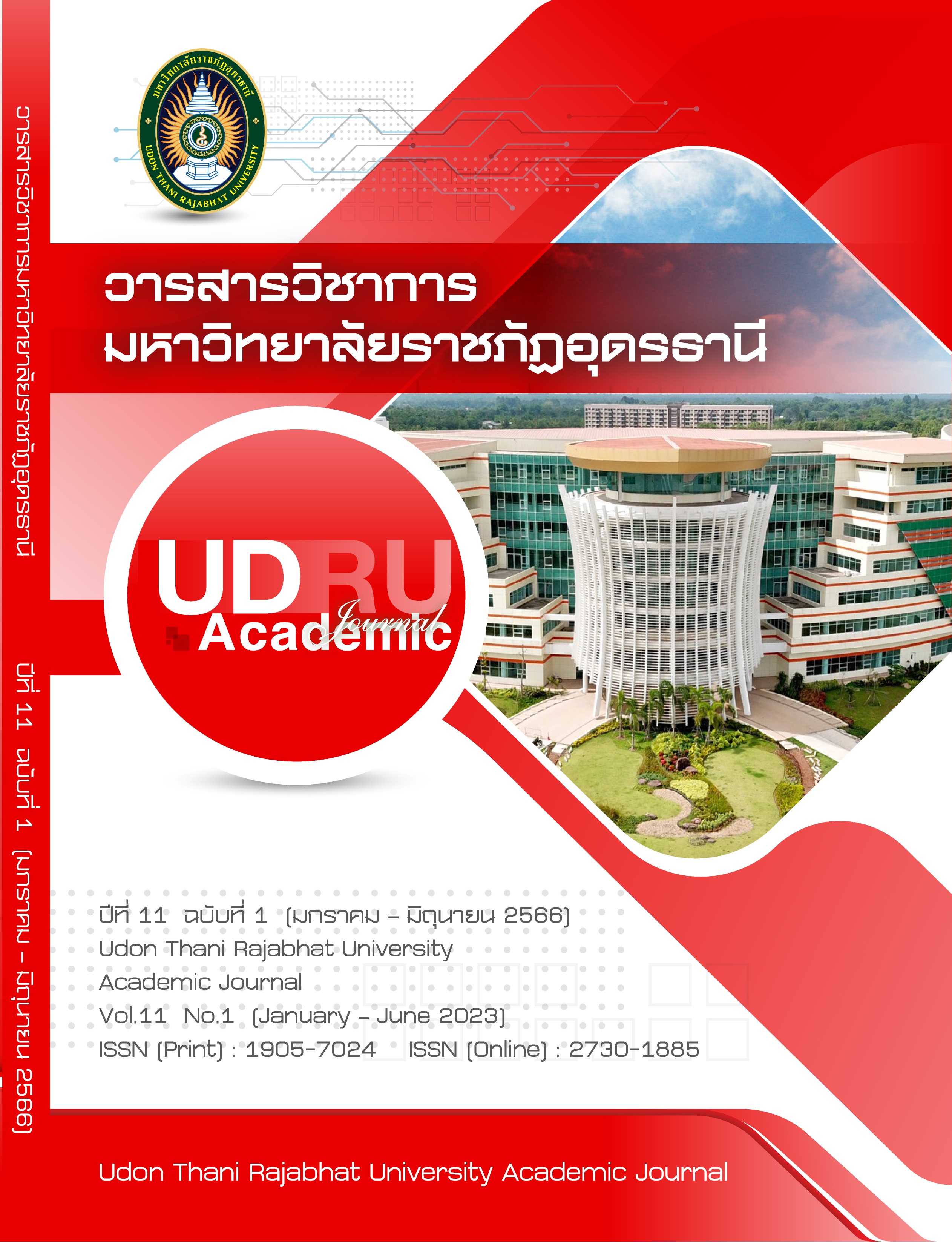Leadership Competency: Lesson Learned from Indian-origin CEOs
Main Article Content
Abstract
The study aims to explain the context related to the ascent to the CEO position of Indian-origin executives in the global technological companies and to provide an understanding of leadership competencies of Indian-origin executives in the global technological companies. It adopts the concept of competency and leadership as a conceptual framework. The study used a qualitative research methodology, employing thematic analysis and cross-case analysis from documents, books, articles, and published interviews of the selected executives. The study found that the contexts related to the ascent to the CEO position of Indian-origin executives in the global technological companies included social factors such as demographic and social inequality in India. These factors led the Indians seeking more opportunities to live and work in the more developed countries. The political and policy factors were also important such as the emphasis of Indian education policy on science and technology education and the US visa policy that grants visas to individuals with special skills in science and technology. Organizational factors, such as the organizational needs to expand their markets, and human resource management policies that prioritize diversity among the workforce, were also found to be significant. In terms of leadership qualities, it was found that the selected Indian-origin executives shared common characteristics, including having knowledge and experience in both technology and management, the ability to think and plan with a visionary leadership approach, creativity, and problem-solving abilities for organizations, the ability to adapt and cope with change and the ability to communicate and manage relationships with people.
Downloads
Article Details
References
Bhanver, J.S. (2016). Pichai: The Future of Google. Hachette India.
Bird, A., & Mendenhall, M. E. (2016). From cross-cultural management to global leadership: Evolution and adaptation. Journal of World
Business, 51(1), 115-126.
Braun, V., & Clarke, V. (2006). Using thematic analysis in psychology. Qualitative Research in Psychology, 3(2), 77-101.
Financial Time. (2020). Virtual dating on the rise as users seek lockdown love. https://www.ft.com/content/f970c353-65e3-4515-a179-
e94b89ce3775
Fortune. (2022). Fortune 500. https://fortune.com/ranking/fortune500/
Fotso, G. M. N. (2021). Leadership competencies for the 21st century: a review from the Western world literature. European Journal of
Training and Development, 45(6/7), 566-587.
Gopalakrishnan, R., & Banerjee, R. (2018). The made-in-India manager. Hachette UK.
Harvard Business Review. (2017). Manager’s Handbook. Boston: Harvard Business School Publishing.
Hunt, V., Yee, L., Prince, S,, Dixon-Fyle, S. (2018). Delivering through diversity. https://www.mckinsey.com/capabilities/people-and-
organizational-performance/our-insights/delivering-through-diversity#/
Ibarra, H., & Hansen, M. T. (2011). Are you a collaborative leader. Harvard business review, 89(7/8), 68-74.
IMF. (2023). GDP, Current Prices. https://www.imf.org/external/datamapper/NGDPD@WEO/IND/GBR%20
Jokinen, T. (2005). Global leadership competencies: a review and discussion, Journal of European Industrial Training, 29(3), 199-216.
Jones, G.R., George, J.M.. (2021). Essentials of Contemporary Management (9th Edition). McGraw Hill.
McShane, S.L., Von Glinow, M.A.. (2021). Organizational Behavior (9th Edition). McGraw Hill.
McClelland D C. (1973). Testing for competence rather than for intelligence. American Psychologist, 28, 12-21.
Microsoft. (2023). About Company. https://www.microsoft.com/en-us/about.
Nadella, S. (2017). Hit Refresh: the quest to rediscover Microsoft's soul and imagine a better future for everyone. New York, NY: Harper
Business.
Pew Research Center. (2018). Education levels of U.S. immigrants are on the rise.
South China Morning Post. (2019). Sundar Pichai, the millionaire behind Google Chrome and the new CEO of parent company
chrome-and
Spencer, S. M., Rajah, T., Mohan, S., & Lahiri, G. (2008). The Indian CEOs: competencies for success. Vision. The Journal of Business
Perspective, 12(1), 1-10.
The Guardians. (2022). Who is Parag Agrawal? The new Twitter CEO replacing Jack Dorsey.
https://www.theguardian.com/technology/2021/nov/29/who-is-parag-agrawal-new-twitter-ceo
The Times of India. (2022). H-1B visa: Why the American dream just got tougher. https://timesofindia.indiatimes.com/business/india-
business/h-1b-visa-why-the-american-dream-just-got-tougher/articleshow/63576179.cms
Wang, H., Waldman, D.A. and Zhang, H. (2012). Strategic leadership across cultures: current findings and future research directions.
Journal of World Business, 47(4), 571-580.
World Bank. (2022). The Human Capital Index. https://www.worldbank.org/en/publication/human-capital#Index
Zweigenhaft, R. (2021). Diversity Among Fortune 500 CEOs from 2000 to 2020: White Women, Hi-Tech South Asians, and Economically
Privileged Multilingual Immigrants from Around the World. http://whorulesamerica.net/power/diversity_update_2020.html


